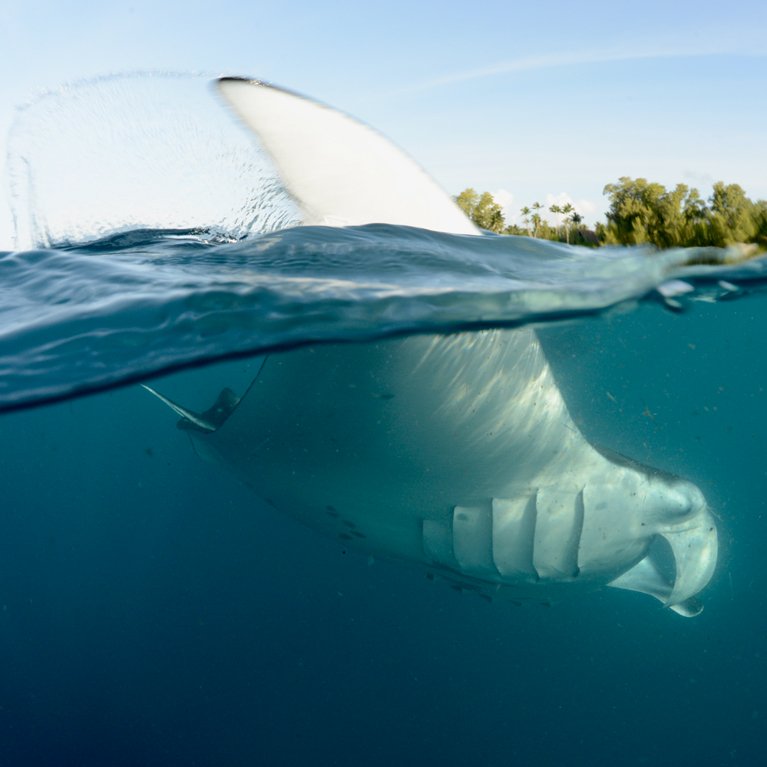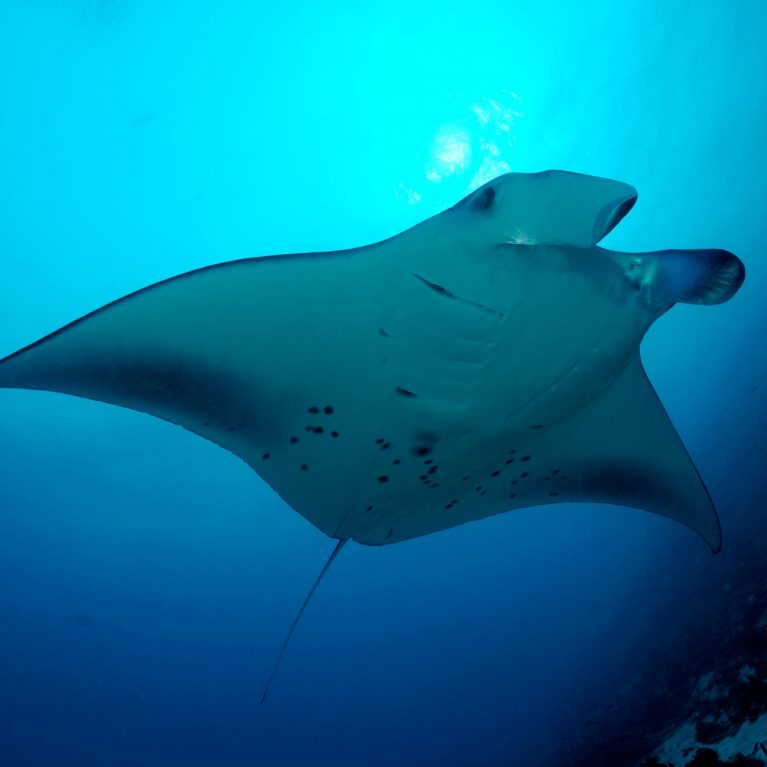Pristine habitat, pristine population
There is a very lucky population of manta rays that lives at D’Arros Island in the Seychelles. These mantas not only live in a relatively pristine habitat, but are also safe from fishing. This gives researchers a unique opportunity to learn about how these intriguing animals live when they are free from human influence.
Having grown up in rural Western Australia, I have always been surrounded by wildlife and I cannot remember a time when I wasn’t in awe of the natural world. My passion for the ocean and marine life was sparked when I was five years old and my family took the first of many trips to the Ningaloo Reef. I could not get enough of snorkelling the reefs and exploring the intertidal pools to see what new creatures I could discover. It wasn’t long before everyone knew the response they would get when they asked me, ‘What do you want to...








Spatio-temporal movements of manta rays in the Seychelles
The key objective of this project is to develop an understanding of the demographics and movements of manta rays at D’Arros Island in the Seychelles.
Investigating the spatial and temporal habitat use of the manta rays at D’Arros Island will be relevant for assessing habitat selection, and may allow us to define critical habitats based on behavioural as well as environmental attributes. For a species listed on the IUCN Red List as Vulnerable and recently added to CITES Appendix II, this will enhance capacity for conservation and will contribute to identifying critical habitats within the region that are candidates for protection.
Located in the Indian Ocean, north-east of Madagascar, the Seychelles is an archipelago of 115 islands. Tourism has been a major part of the country’s economy since the 1970s, and fishing joined it as an important component during the 1990s. Fortunately, the Seychelles has not developed a targeted manta fishery to supply the demand for gill plates in Asia. For this reason, the Seychelles offers a rare opportunity to study healthy populations of reef manta rays. Furthermore, the SOSF–D’Arros Research Centre, which will be the field base for this project, is located on an island far from the main economic centre of the country. This allows for the fantastic, novel opportunity to carry out field research and tagging activities away from tourism influences. A variety of marine research is already being carried out on the reefs around D’Arros Island, and as a result, there is an established network of 70 acoustic receivers in place. We will tag reef manta rays around the island with acoustic tags, which will ‘ping’ a signal that is detected by acoustic receivers when a tagged manta ray passes within range. This will add to the important data already being picked up by the receiver network.
These data will allow us greater insight and understanding into the movements of manta rays. For example, do they venture between reef systems? And if so, how do they move between them? Is there a pattern to their movements, and how is this affected by environmental variables?
- Develop a photo-ID database of the Seychelles’ manta population.
- Tag a selection of manta rays with acoustic tags (for both passive and active acoustic tracking) to determine their broad-scale movements.
- Relate manta ray movements to environmental variables, such as the lunar cycle, tidal cycle and plankton abundance.
- Collect tissue samples from the mantas for use in a global population genetics study.”

